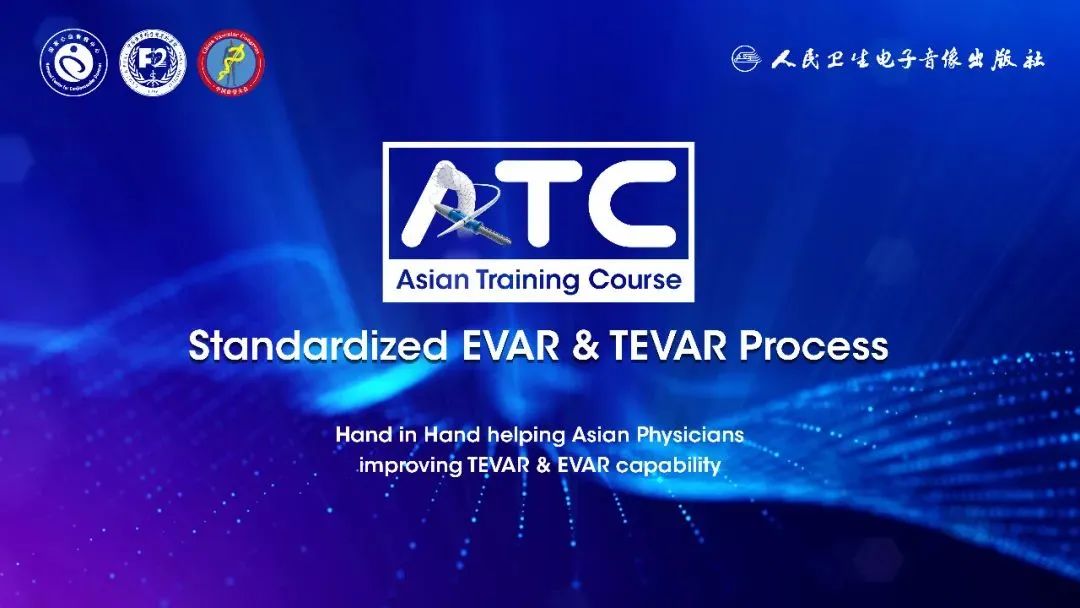
The "2022 Asian Endovascular Training Course (ATC)" was successfully held on November 22, 2022, Beijing time, sponsored by the National Center for Cardiovascular Diseases, undertaken by Fuwai Hospital Affiliated to the Chinese Academy of Sciences, with the China Vascular Congress as the academic support unit and the Hi Heart Voice Project Team as the media support unit.
The Asian Endovascular Training Course (ATC) program brings together many influential experts and scholars in Asia, with the purpose of "collaboration, communication, and improvement", in line with the principles of more scientific, authoritative, objective and practical, to convey the cutting-edge progress of cardiac surgery, inspire new ideas to overcome cardiac surgical diseases, provide a high-level platform for academic exchanges and learning, better assist clinicians in endovascular diagnosis and treatment, and provide strong support for clinical decision-making.
There are two less common complications in TEVAR surgery: the first is aortic intussusception after TEVAR.
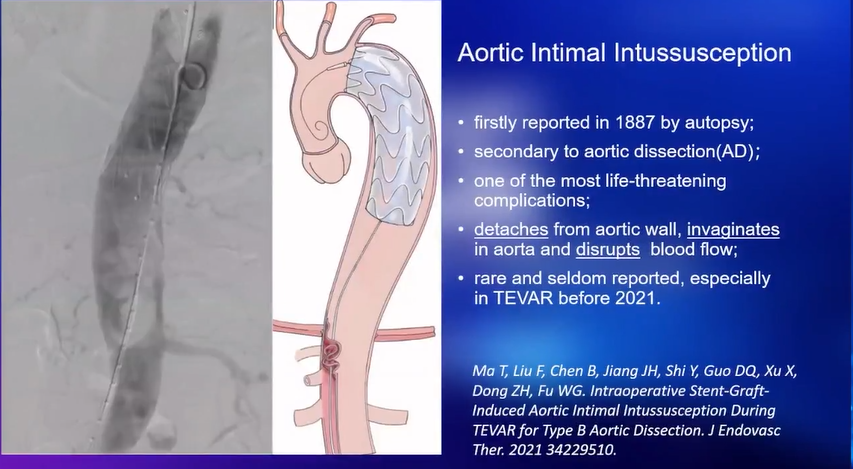
First reported by autopsy in 1887, intrinsusception of the aorta, secondary to aortic dissection, is one of the deadliest complications. The final imaging results after endovascular repair should not be limited to the aortic arch and stent graft, but should also include the distal end, particularly the visceral branches, and this can be addressed by fixation of the detached intima and recanalization of the abdominal aortic flow, or aortic endarterectomy.
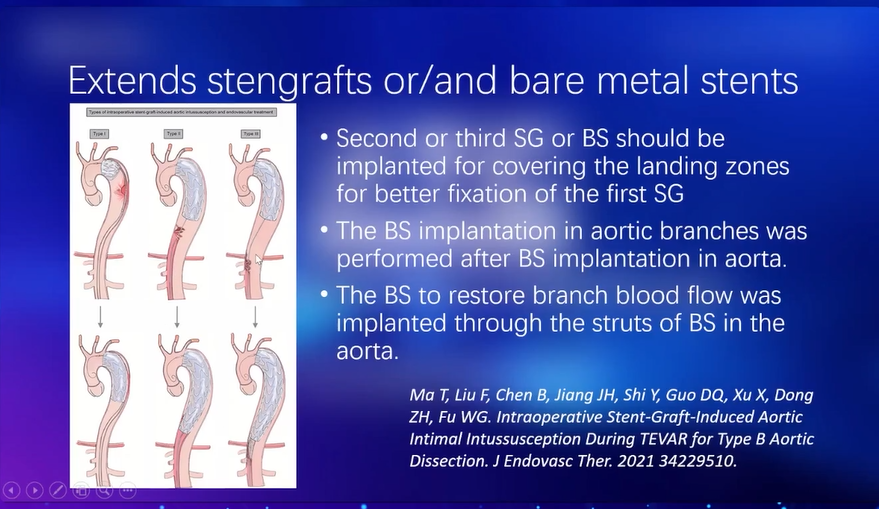
Current treatment is by placement of an extended stent graft and/or a bare stent: a second or third stent should be placed to cover the anchor area in order to better secure the first stent graft; Placement of bare branch artery stent after bare aortic stent release; Through the gap in the bare aortic stent, a bare branch artery stent is placed to restore blood flow to the branch artery.
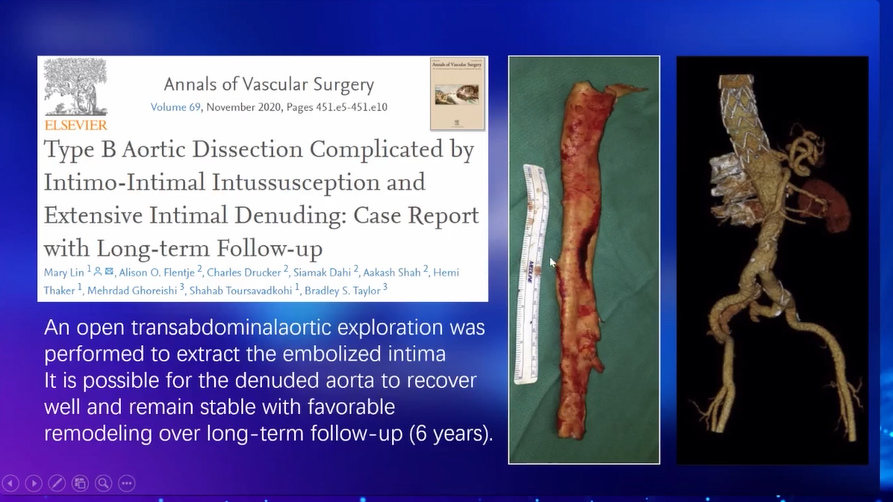
In a case report of type B aortic dissection complicated by intima-intrinsusception and extensive intima-exfoliation, open transabdominal aortic exploration was performed to remove the aortic intima leading to embolization, and the avulsed aorta is likely to recover well and remain stable and remodel well at long-term follow-up (6 years).
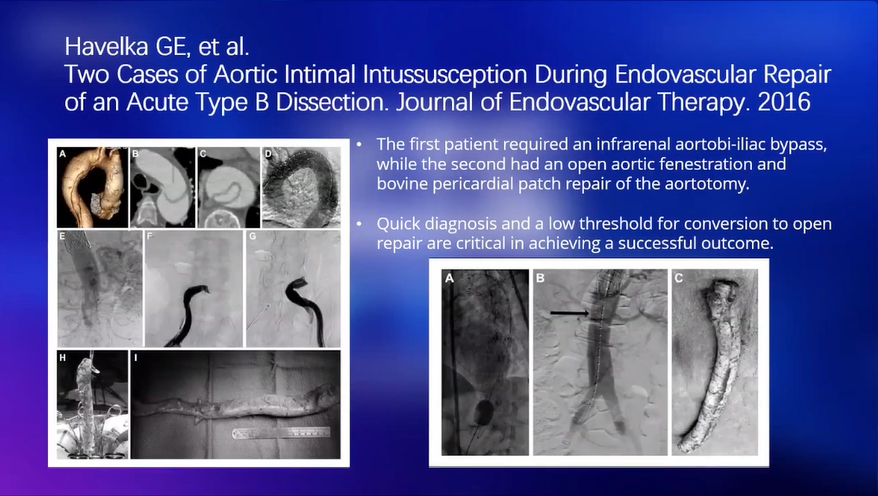
In a 2016 article in the Journal of Endovascular Therapy, two patients with aortic intussusception during endovascular repair of acute type B dissection were reported. The first patient underwent infrarenal aorta-iliac artery bypass grafting, while the second patient underwent open aortic fenestration and aortic pericardial repair. Rapid diagnosis and a low-barrier to transition to open remediation are key to successful outcomes.
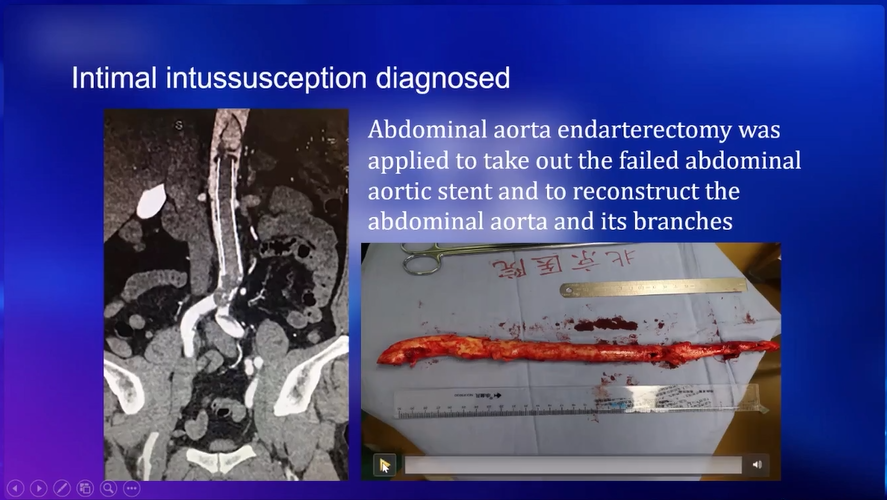
In our center, abdominal aortic endarterectomy was used to remove the failed abdominal aortic stent, and the abdominal aorta and its branches were reconstructed.
Summary
1. This complication can be avoided by standardizing the TEVAR procedure; Standardized postoperative angiography can detect these complications in a timely manner;
2. You can choose endovascular surgery or open surgery for treatment. Treatment requires fixation of the separated intima and redirecting of the occluded aorta and its branches, arterial endomerectomy or bypass surgery;
3. The most important point is to understand the complication.


